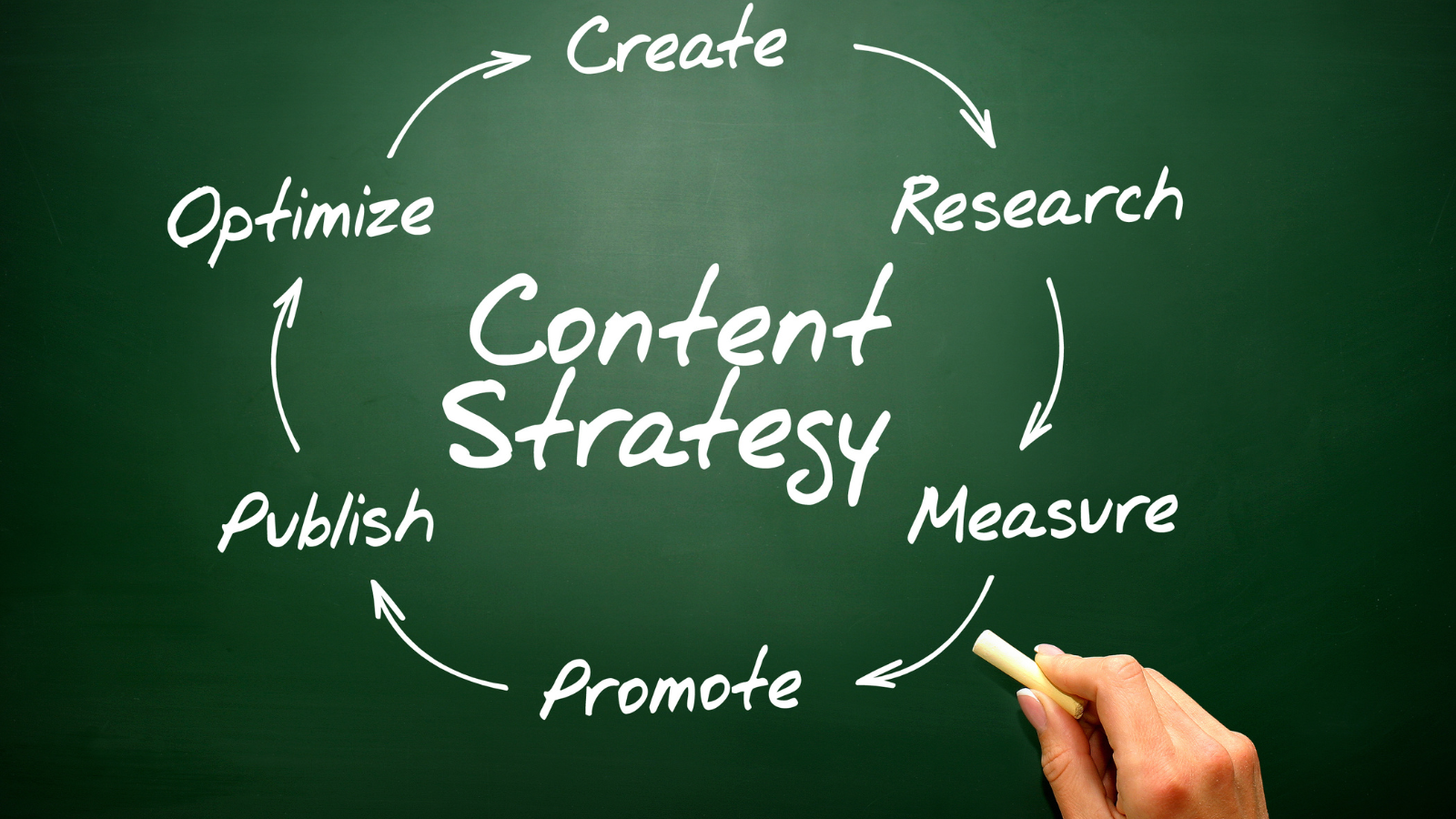Building a B2B Content Strategy that Empowers Sales | Sell Smarter. Sell Faster
Why is content so important in the B2B space? Jason Bradwell, host of the B2B Better podcast, discusses building a B2B content strategy that empowers...
2 min read
 LeadG2
:
June 28, 2019
LeadG2
:
June 28, 2019

We believe that every great inbound marketing or sales enablement plan includes a well thought out content strategy, which is why this is one of the first, and most critical, steps we take with a new client. It’s so we can ensure we aren’t creating content just for the sake of creating content, but that we have the end sales results in mind. Below is a sneak peek into the steps that our consulting team and content strategist take when developing a robust content strategy.
In this stage, we ensure we are in agreement on the key business objectives and how those will lead to specific marketing and sales goals. This is a critical step that can’t be overlooked because if you don’t have clear and aligned goals, then you’re going to build a content strategy that may not be in line with achieving them.
We always lead with conducting target persona research so we can better understand a businesses best customers (the ones they want more of) without making assumptions. Through this process, we learn about their buying and decision-making process, where they are online, the kind of content and media they like to assume, and more.
From here, we get a variety of tools in place that will assist us in our next steps. This typically includes tools like:
In the content audit stage, we take a look at the following existing data and content:
In this step, we take what we learned so far and really do a deep dive into conducting new research in the following areas:
We typically would start the process of brainstorming content ideas by involving both marketing and sales teams so that we can tap into the unique experience they have with prospects and customers.
Once these steps have been completed, then and only then can we deliver a truly customized content strategy. The elements that are included in a thorough content strategy include:
While this list is meant to be an overview – and there are many other variables and needs that can come into play – it is a good place to start when creating your own content strategy or hiring a partner to create one for you. A truly strategic content plan that is built for sales performance and conversions will encompass all of these elements at a minimum.

Why is content so important in the B2B space? Jason Bradwell, host of the B2B Better podcast, discusses building a B2B content strategy that empowers...

Even the best of strategies crash upon the shores of reality. You can make an immaculate marketing or content marketing strategy, and you will always...

Blogging is a mighty strategy when done correct, and it's a goal of ours to provide our clients and visitors top-notch, quality content to teach them...